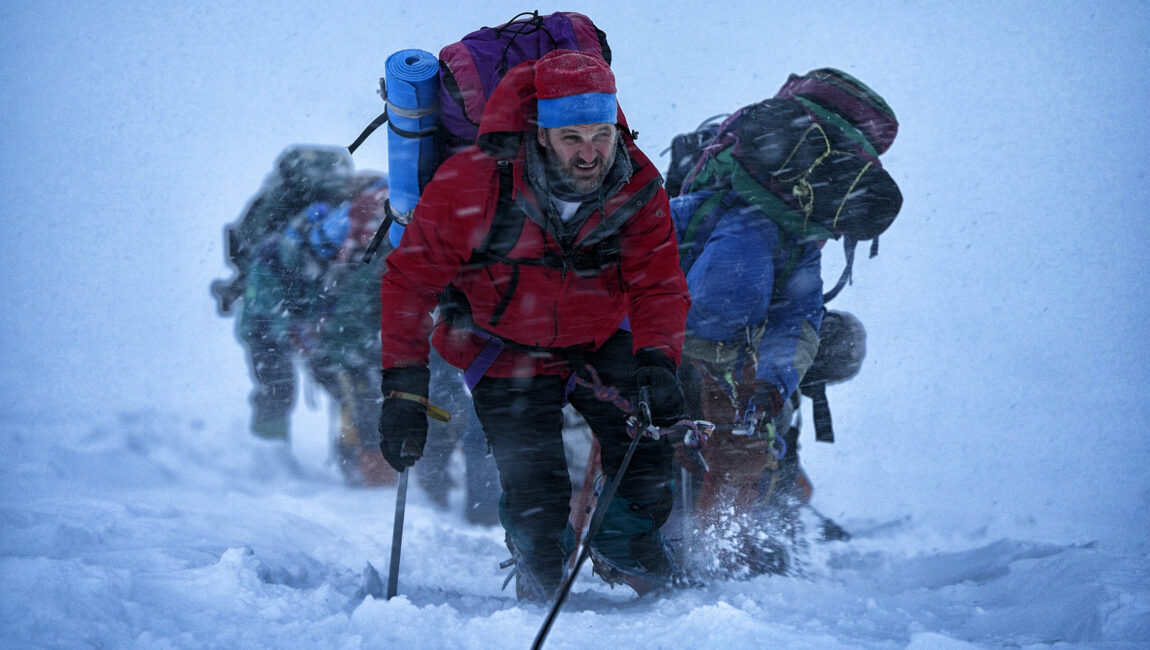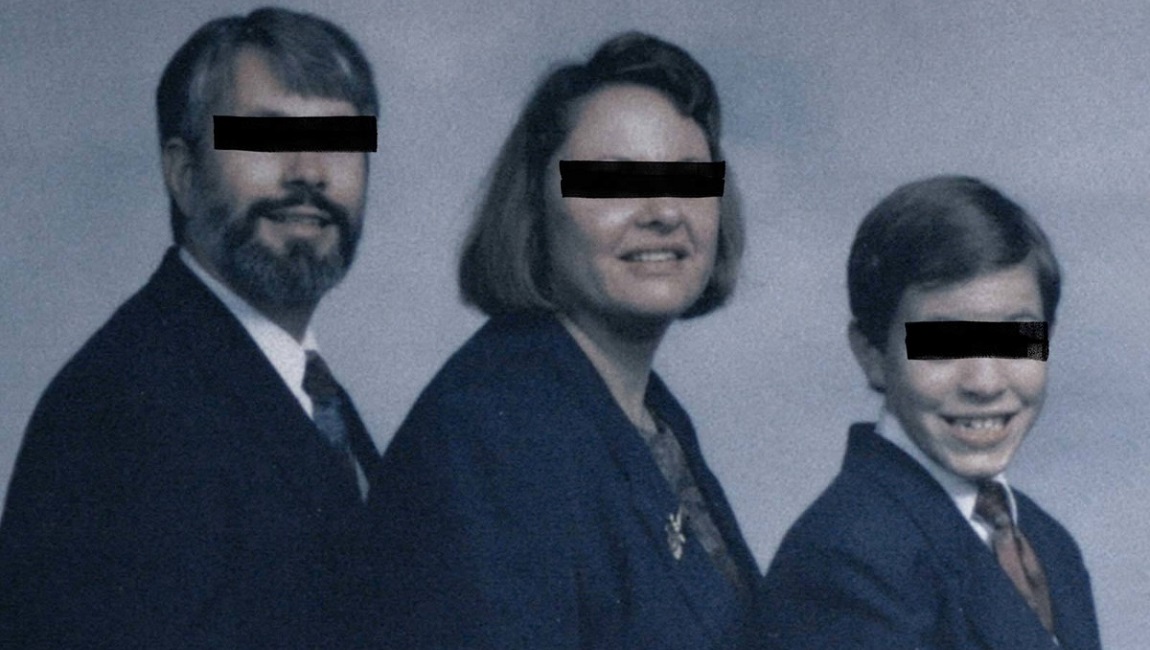Everest is based largely on Jon Krakauer’s Into Thin Air, a true-life tale of survival and death atop the titular mountain that is, at its core, both stark and cerebral. The text is an examination of memory, and its role in feeding the ghosts that haunt us, imbedded within a gripping disaster narrative. Director Baltasar Kormákur’s adaptation is generally unable to find that same balance. Visually, his Everest is a visceral wonder: the camera swirls, glides, and plunges over peaks and into crevasses, capturing the splendor of the mountain, emphasizing the scale and arguably the folly of what these individuals have undertaken. Likewise, Kormákur’s direction captures the intimate physicality of his human subjects, whether it is the jelly-limbed staggering of one oxygen-deprived climber, the crunching of another’s frozen beard, or all the the barely-able-to-speak, ice-caked lips.
Unfortunately, in his impatience to reach an impending cataclysm, Kormákur tends to short shrift the characters of this story. He largely demonstrates a lack of nuance in exploring what makes these people tick, and when given the opportunity to get to know them more, he fast-forwards through the film’s first act, with only the most cursory or superficial introductions. A particularly telling scene has Krakauer (Michael Kelly) questioning his group’s fanatic attempts to summit the world’s highest peak, only to be diffused by a perfunctory reference to George Mallory’s “because it’s there” axiom. A better characterization is that of expedition leader Rob Hall, who benefits from both Kormákur’s undivided attention as well as a delicate performance from Jason Clarke. Hall’s devotion to his wife, to Doug, and to the purity of the pursuit mark Everest’s sincerest moments.
with a narrative as generous to the big moments as this one, the director would have done well to recognize that not all small moments are trifling
Kormákur’s biggest stumble is his willingness to sacrifice verity for dramatic gravitas. In a narrative that organically already plays at ten, the director feels the need to crank it to 11, with results ranging from the distasteful to the disrespectful. Krakuer himself has made his issues with Everest known, and it isn’t hard to see why: His character declines to aide in a potential rescue mission (an event that Krakauer has vehemently disputed) and utters lines such as, “I just want to live, man.” It’s likely that Kormákur included these moments to illuminate the impossibility and the risk of the situation rather than to target Krakauer specifically, but it’s also hard to ignore their significance in a story so otherwise laced with heroic action.
Even less defensible is Kormákur’s decision to have certain men, who in real life succumbed to the elements, instead fall off the edge of the mountain, or to nearly erase the presence of the Sherpas, who by all accounts played an integral role here. Instead, Kormákur fixates on the grandiose, and at the expense of all the less exciting moments in between. This pays off in thrilling action sequences, but with a narrative as generous to the big moments as this one, the director would have done well to recognize that not all small moments are trifling — and that the real-life subjects of this story deserve to be remembered as more than a footnote to its spectacle.








No Comments